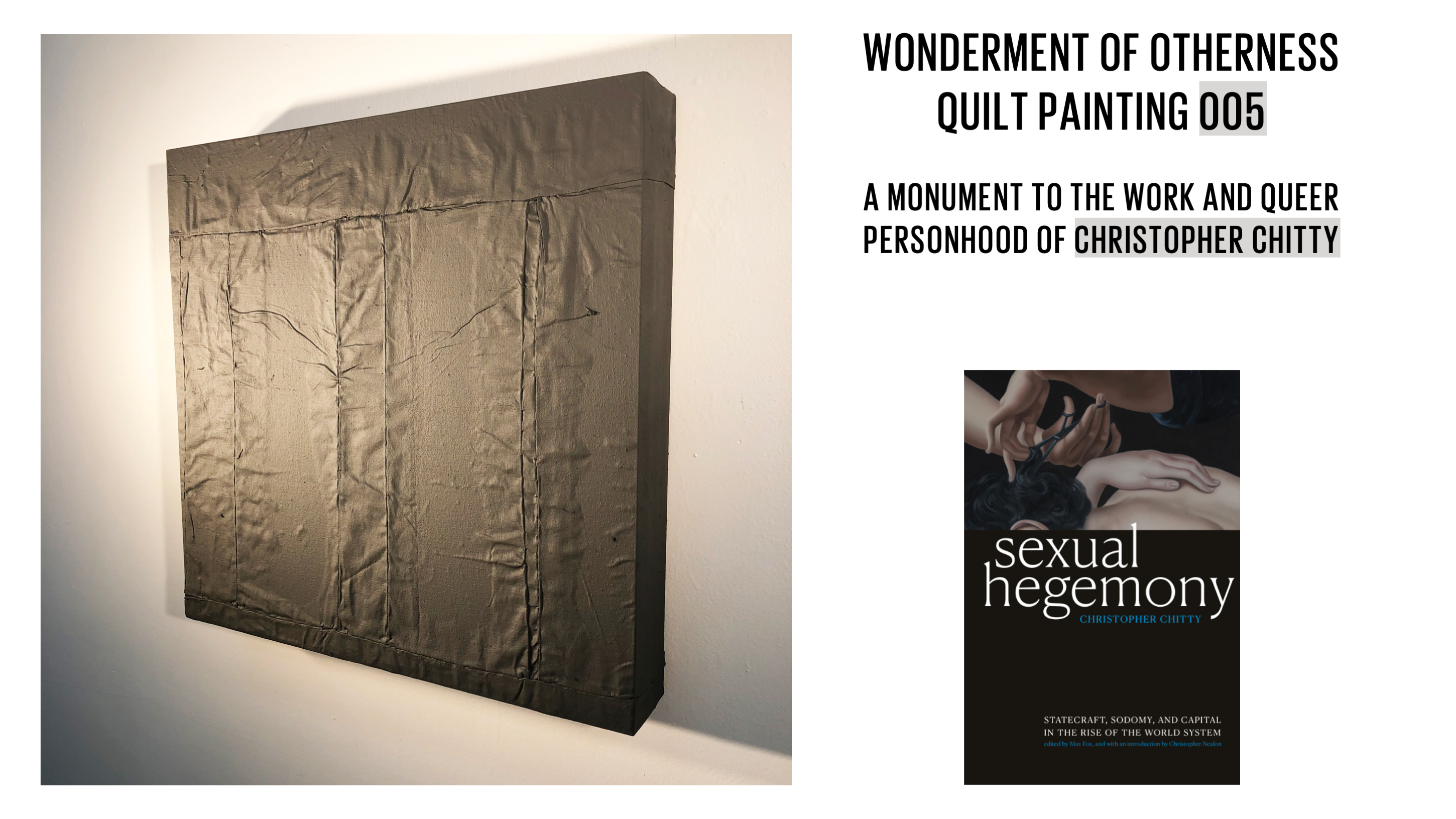
|
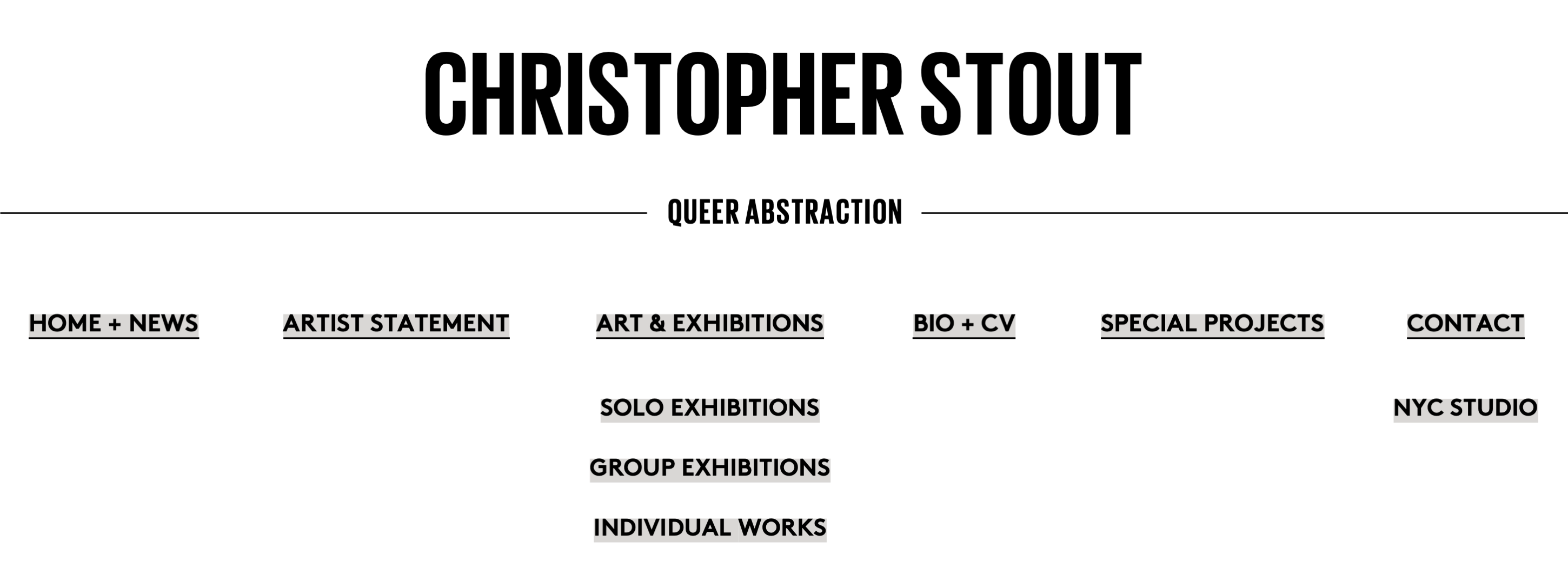
|
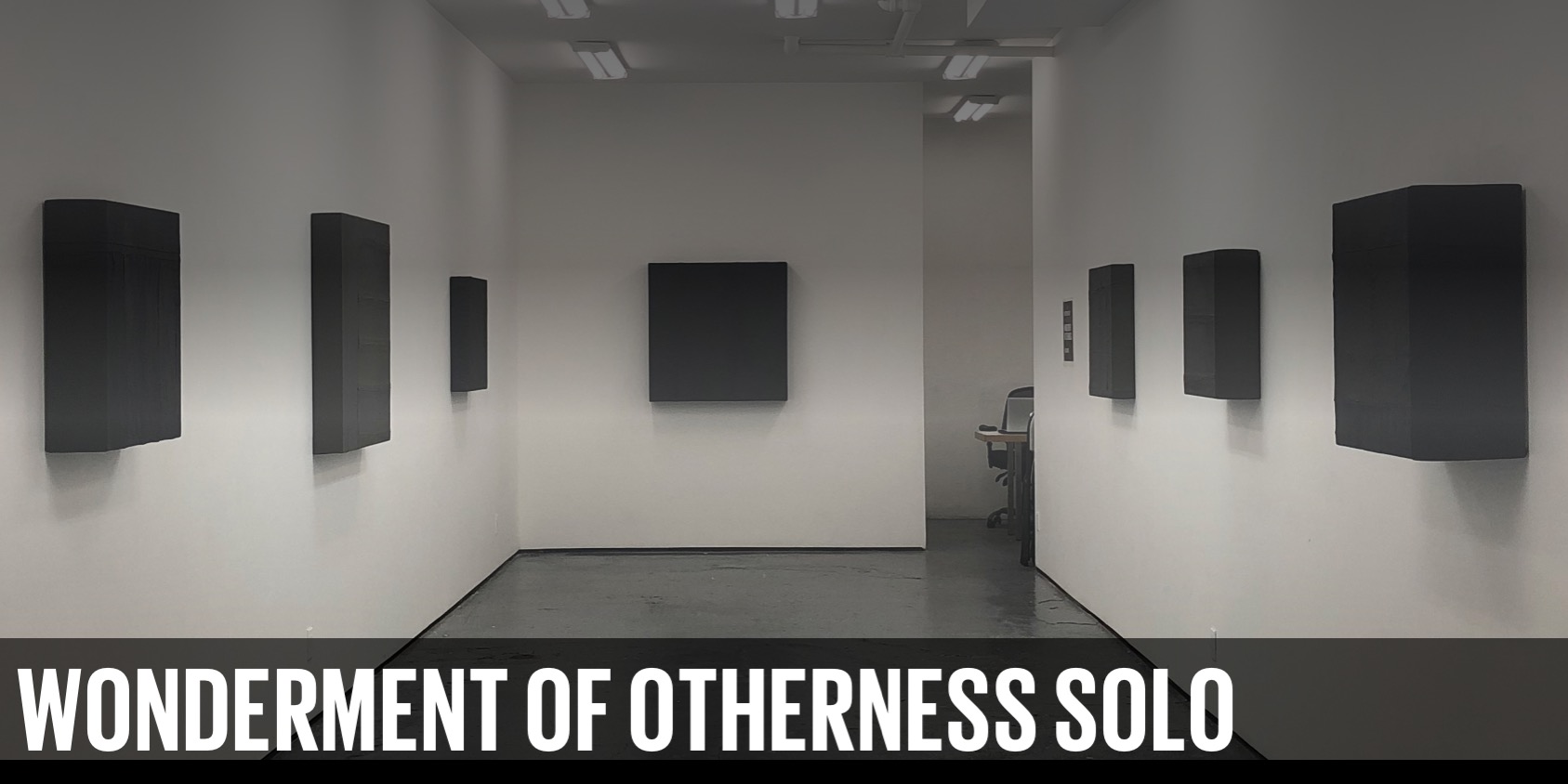 |
| Caption: An installation view of Wondemrnt of Otherness at Lichtundfire Gallery. |
For Immediate Release Christopher Stout: Wonderment of Otherness at Lichtundfire Fall Cocktails at Lichtundfire/ LES Gallery Art Night (during Armory Show Week) Press Release Lichtundfire is pleased to present and welcomes all to “Wonderment of Otherness”, an exhibition of new monochrome paintings by New York City-based artist Christopher Stout (pronouns: he/him/they) concerning queer abstraction. This exhibition marks his/their fourth solo exhibition at Lichtundfire. Stout’s work intends to surround us with the notion of radical joy and a vision of queerness as found in our imaginations. In the artist’s own words: “I would suggest that queer abstraction might be most easily defined as activist art about the queer experience that does not employ representation of the human figure. Queer abstraction, along with Black abstraction, Feminist abstraction, and even Arte Povera are 4 distinct types of sociopolitical protest work birthed in the late 1960s and early 1970s, which primarily eschew the use of figuration. In providing additional context, art critic and curator Eric Sutphin theorizes that contemporary artists practicing queer abstraction, 'are in close dialogue with their forbears, and bring to the milieu of queer abstraction a new set of social, economic, and political concerns…including a series of questions: What is the relationship between queerness and formalism? Without explicit political references, how can abstract work transmit the urgency of its content?' Within the 8 new monochrome paintings that are presented as the “Wonderness of Otherness”, there is an investigation of a specific environment in which the painting references would deploy markers of both queerness, and also the nature of sociopolitical abstraction. The works are designated as 'quilt paintings' as the central visual element and topography of the works are textile pieces of Belgian linen and cotton sewn together with wire in a manner akin to quilting. It should be noted that quilting here is not a reference to the AIDS quilt, but rather an extension of the tradition of quilting as a form of political art by marginalized people. Another concentration within these works is to express a linear relationship between queer abstraction and queer theory. Alongside each painting, I have designated a notable academic text, biography, or resource book documenting a spectrum of queer ideas and experiences. Some of these books are longtime friends, and some of the more contemporary works were read as part of my research for these paintings. Whilst these paintings are not designed to illustrate the work of these queer academics, they do hope to activate a through line, manifesting the shared goals within queer abstraction. In evidence of this relationship, I will lean earnestly into the words of queer Cuban American academic José Esteban Muñoz (1967 – 2013), who penned, 'Queerness is not yet here. Queerness is an ideality. Put another way, we are not yet queer. We may never touch queerness, but we can feel it as the warm illumination of a horizon imbued with potentiality. We have never been queer, yet queerness exists for us as an ideality that can be distilled from the past and used to imagine a future. The future is queerness’s domain.'" |
 |
| An inventory of exhibition paintings and also the queer academic source materials follows below: |
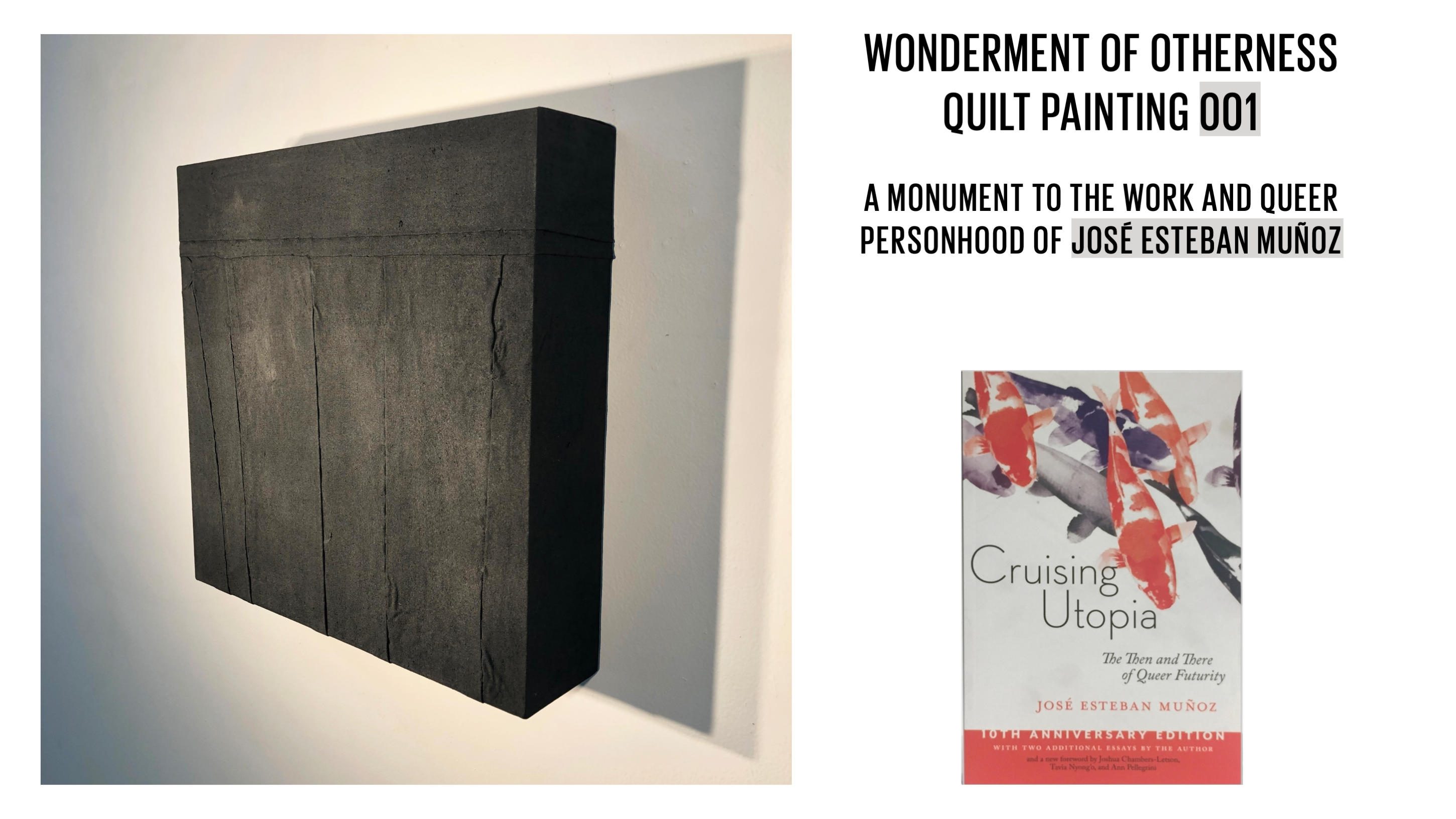
|
| Image Caption: Click on the picture of the source book above to link to publisher and/or text purchasing information. |
Wonderment Of Otherness Quilt Painting 001, a Monument To the Work and Queer Personhood of José Esteban Muñoz Composition: Stacked wooden panels, on which is stretched a quilt fashioned from Belgian linen and cotton fabric sewn together with wire. The finished work is a monochrome painted with midnight, navy, Dimensions: 24 x 24 x 5.75” Year: 2021 |

|
| Image Caption: Click on the picture of the source book above to link to publisher and/or text purchasing information. |
Wonderment Of Otherness Quilt Painting 002, a Monument To the Work and Queer Personhood of Jennifer Finney Boylan Composition: Stacked wooden panels, on which is stretched a quilt fashioned from Belgian linen and cotton fabric sewn together with wire. The finished work is a monochrome painted with midnight, Paynes grey and silver oil and enamel paint. Dimensions: 36 x 36 x 04” Year: 2021 Some of us see ourselves as people born with a unique birth defect, one that can be 'cured' by the intervention of the medical profession, and think of that journey in terms of physical transition. Some of us see ourselves as people who want to celebrate the fantasy aspects of gender, who want to enjoy the sense of escape and joy and eros that embracing an alter ego sometimes provides. Some of us see ourselves as people who reject the medical community and who are less interested in winding up at one gender destination or another than in the journey itself, a voyage that may or may not have a clear end point. Some of us hope to free ourselves from the binary poles of gender, want a personal and political liberation from the tyranny of culturally defined gender markers, and wish to express ourselves as we please, anywhere along the wide spectrum. Some of us go through medical transition and then assume a new identity, and in so doing—to use the word trans people use—'go stealth,' meshing as seamlessly as possible with society post transition. Sometimes post-op stealth-goers no longer even identify as trans and look back at their days in their former sex in the same way a naturalized citizen might look back at a country in which they were born and then fled. Some of us see our experience as being best understood through scholarly theory. For some of us, gender theory not only provides us with language for thinking about ourselves; it places our quest for self within the long tradition of philosophical inquiry. Some of us are still seeking for the right words to describe ourselves, and for the best way to frame the discourse regarding our people. Some of us are not even particularly comfortable with the term “transgender.” Some of us have found that our sense of self has changed over time. Some of us, to be sure, 'always knew' what we needed and who we needed to be. For others, that sense of identity has emerged only slowly, or morphed over time, or even fluctuated daily like the tides. Some of us don’t have a single word for what we are, for what we feel, or what we need, and view the lack of a single label for our gendered selves as a fortune, not a curse. With all this wide range of opinion, it’s no wonder men and women who wish to be our allies—not to mention members of the trans community themselves—can find themselves perplexed. There are so many, many ways of being us. If we know anything, it’s that trans identity and trans experience are a work in progress, a domain in which the discourse itself is still in a state of evolution and growth. Which is why, when people ask me, 'How can we help?' I sometimes think the most useful answer may be the one my mother suggested: Let love prevail. Or, to put it another way: Open your heart, and see what happens.” ― Jennifer Finney Boylan |
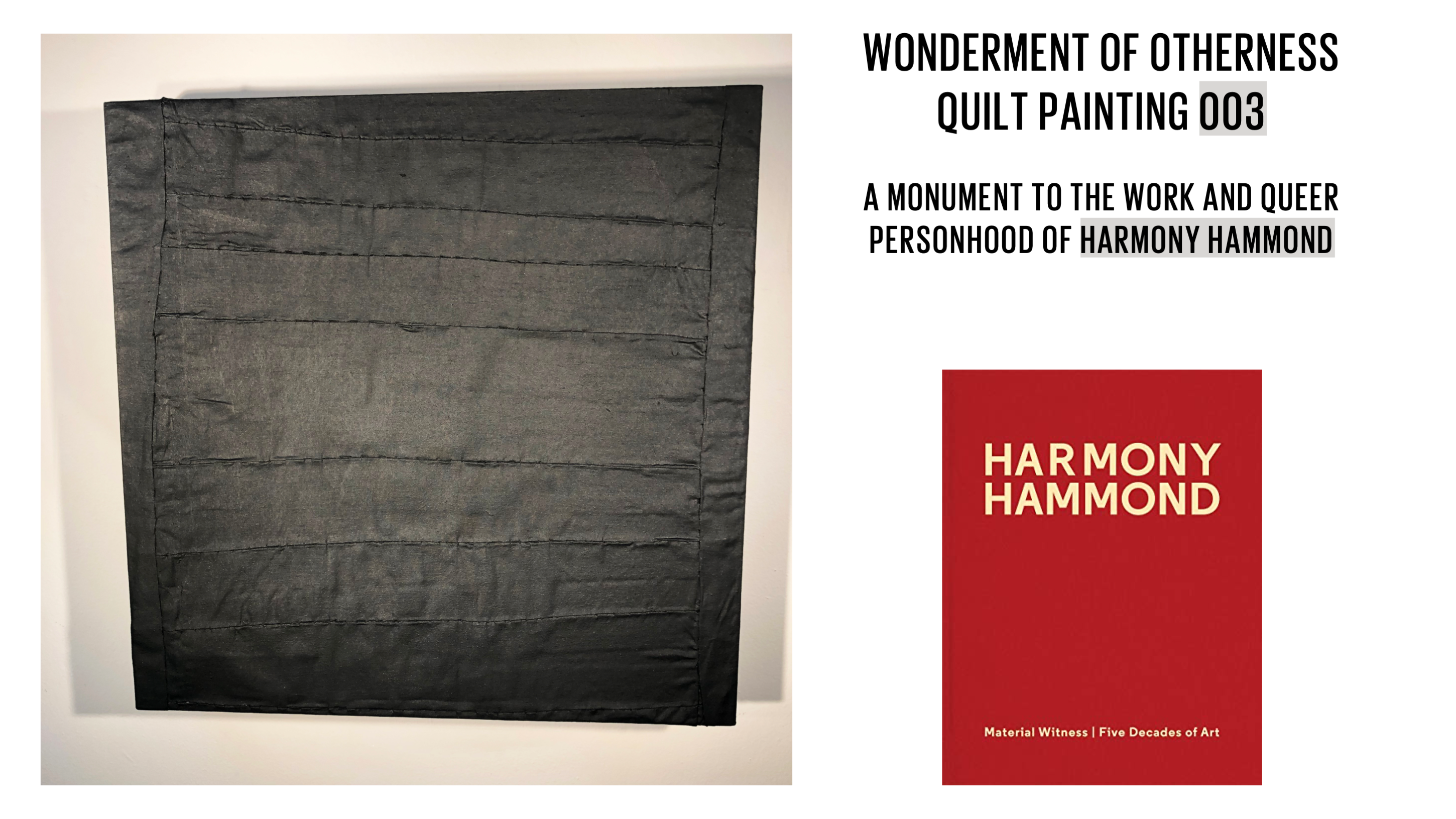
|
| Image Caption: Click on the picture of the source book above to link to publisher and/or text purchasing information. |
Wonderment Of Otherness Quilt Painting 003, a Monument To the Work and Queer Personhood of Harmony Hammond Composition: Stacked wooden panels, on which is stretched a quilt fashioned from Belgian linen and cotton fabric sewn together with wire. The finished work is a monochrome painted with midnight, navy, Dimensions: 24 x 24 x 04” Year: 2021 “To say that I’m a woman artist, a feminist a lesbian or Queer artist, or even a painter need not be a limitation unless you make it so, nor are they mutually exclusive.” |
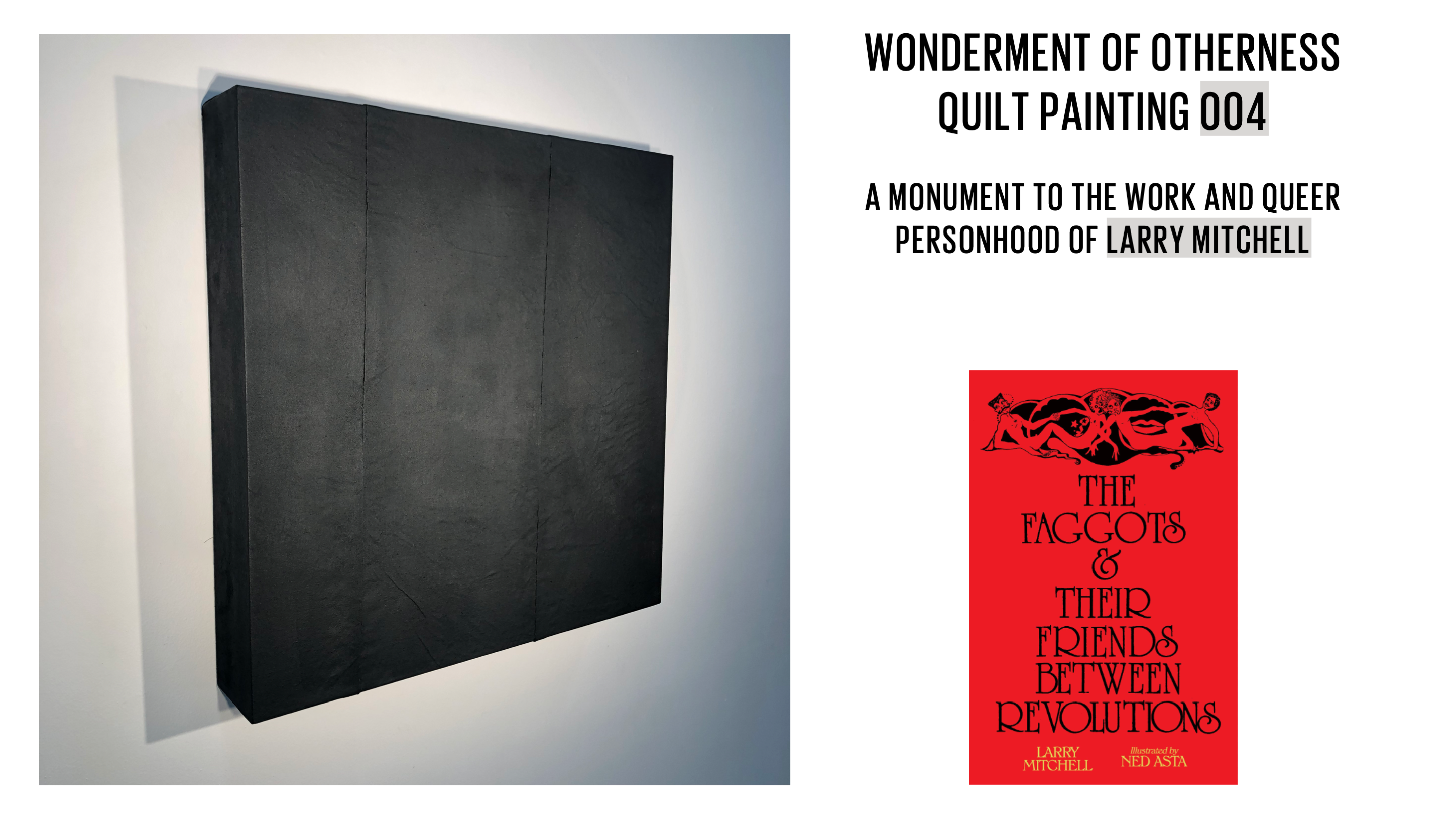
|
| Image Caption: Click on the picture of the source book above to link to publisher and/or text purchasing information. |
|
|
Wonderment Of Otherness Quilt Painting 004, a Monument To the Work and Queer Personhood of Larry Mitchell Composition: Stacked wooden panels, on which is stretched a quilt fashioned from Belgian linen and cotton fabric sewn together with wire. The finished work is a monochrome painted with midnight, navy, Dimensions: 36 x 36 x 5.75” Year: 2021 |
|
| Image Caption: Click on the picture of the source book above to link to publisher and/or text purchasing information. |
Wonderment Of Otherness Quilt Painting 005, a Monument To the Work and Queer Personhood of Christopher Chitty Composition: Stacked wooden panels, on which is stretched a quilt fashioned from Belgian linen and cotton fabric sewn together with wire. The finished work is a monochrome painted with midnight, Paynes grey and silver oil and enamel paint. Dimensions: 24 x 24 x 04” Year: 2021 The ‘queer’ can then be recast as a narrower descriptive category, signifying the lack of such status property: it captures the way in which norms of gender and sexuality get weakened, damaged, and reasserted under conditions of local and generalized social, political, and economic crisis. The queer would then imply a contradictor process in which such norms are simultaneously denatured and renaturalized. Rather than marking some utopian opening up of these logics for self-transformative play, the queer would describe forms of love an intimacy with a precarious social status outside the institutions of family, property, and couple form. This critical definition of the categories of the normal and the queer has political implications for present, ongoing analysis of the intersection of gender privilege, race, class and sexuality.” ― Christopher Chitty |
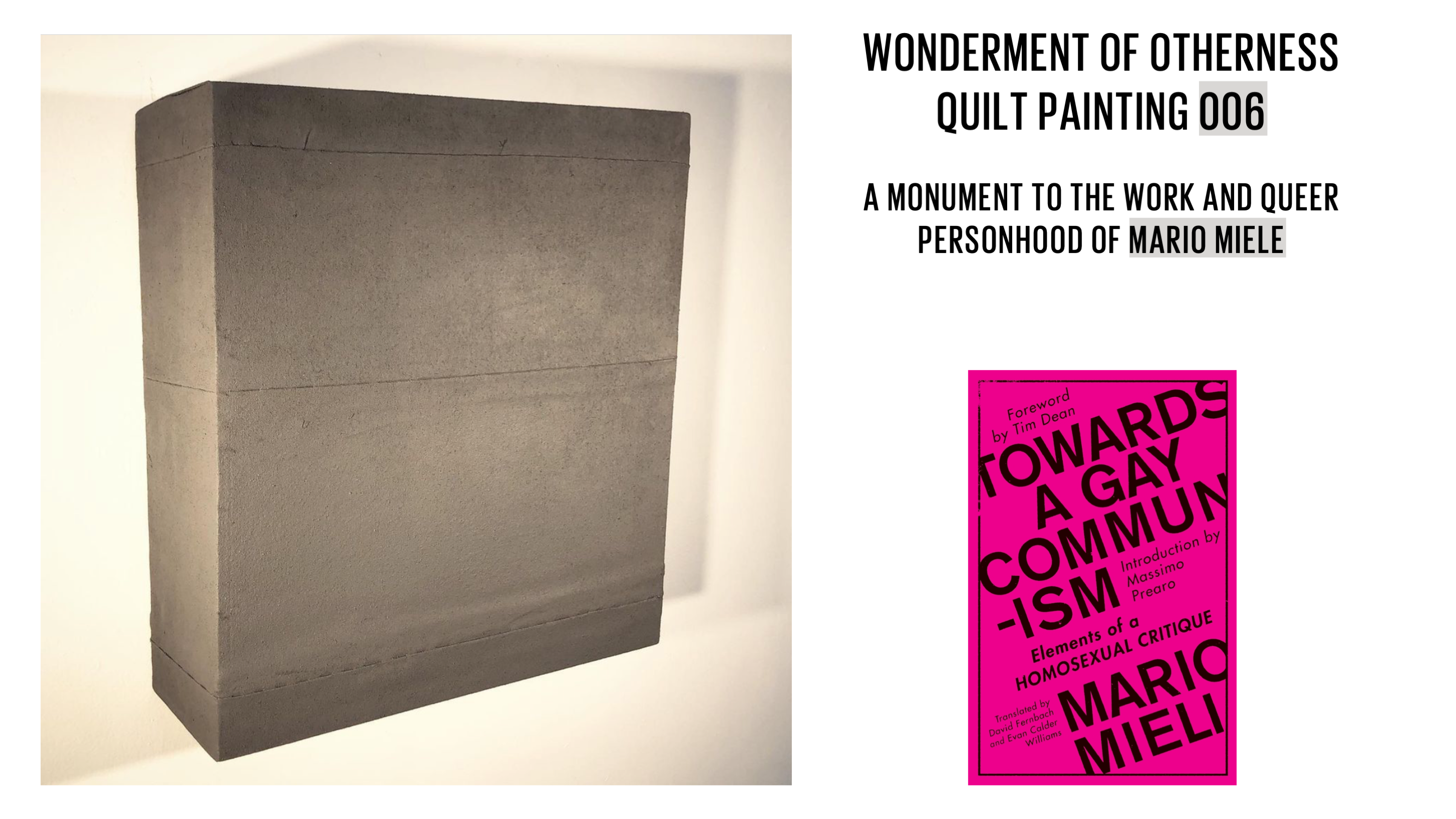
|
| Image Caption: Click on the picture of the source book above to link to publisher and/or text purchasing information. |
Wonderment Of Otherness Quilt Painting 006, a Monument To the Work and Queer Personhood of Mario Miele Composition: Stacked wooden panels, on which is stretched a quilt fashioned from Belgian linen and cotton fabric sewn together with wire. The finished work is a monochrome painted with midnight, Paynes grey and silver oil and enamel paint. Dimensions: 20 x 20 x 5.75” Year: 2021 |
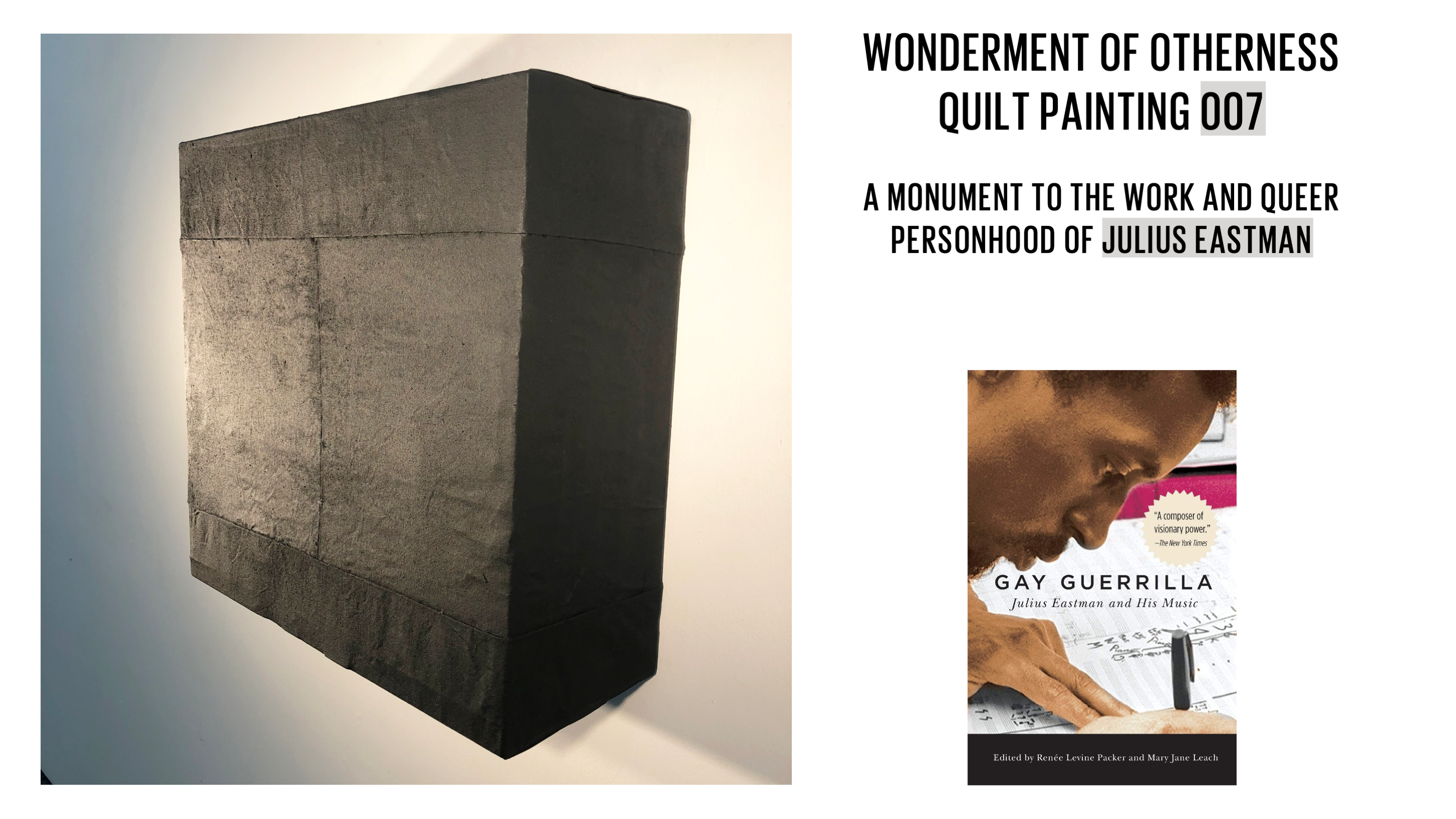
|
| Image Caption: Click on the picture of the source book above to link to publisher and/or text purchasing information. |
Wonderment Of Otherness Quilt Painting 007, a Monument To the Work and Queer Personhood of Julius Eastman Composition: Stacked wooden panels, on which is stretched a quilt fashioned from Belgian linen and cotton fabric sewn together with wire. The finished work is a monochrome painted with midnight, navy, Dimensions: 24 x 24 x 10” Year: 2021 “What I am trying to achieve is to be what I am to the fullest—Black to the fullest, a musician to the fullest, and a homosexual to the fullest. It is important that I learn how to be, by that I mean accept everything about me.” ― Julius Eastman |
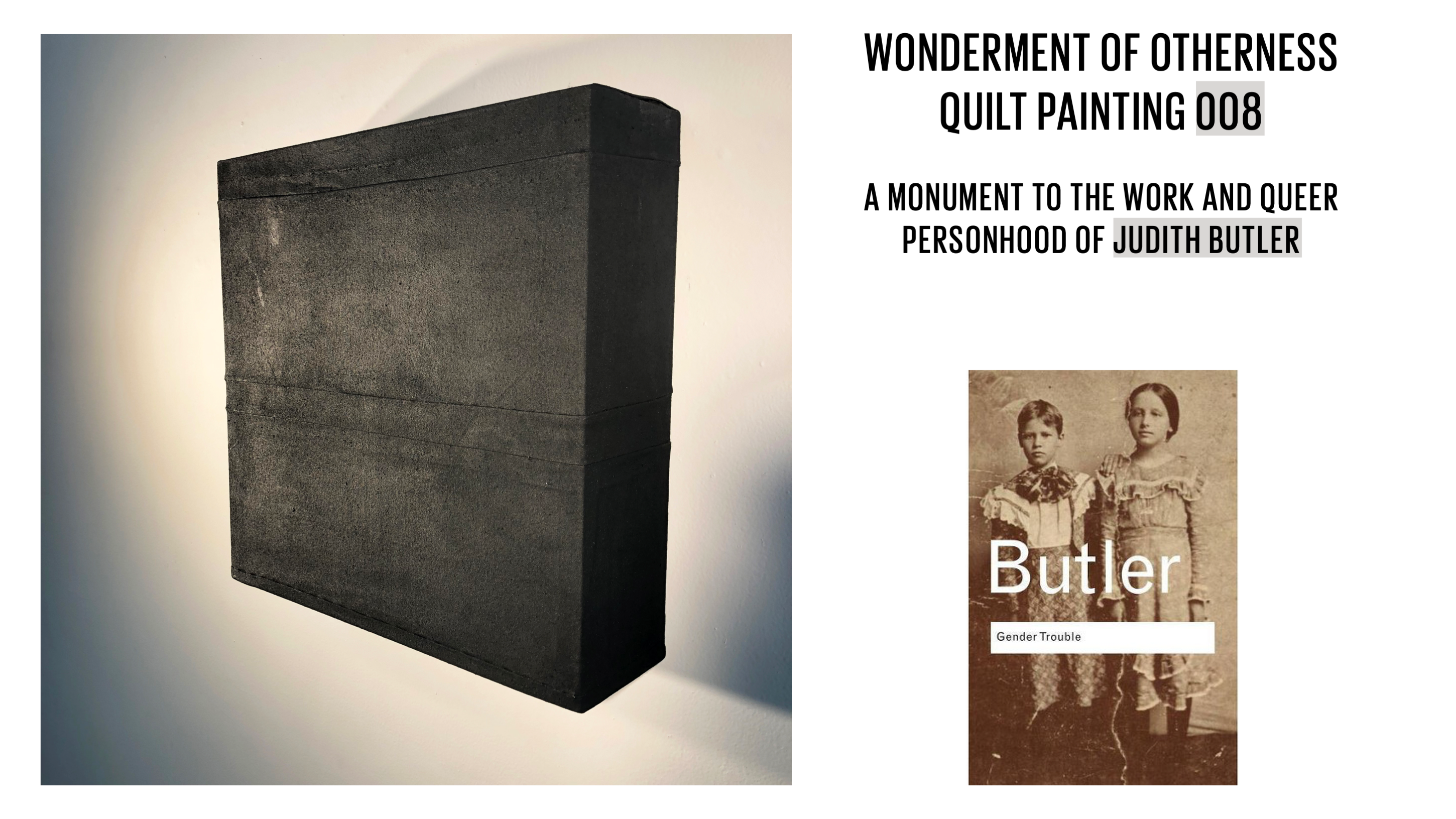
|
| Image Caption: Click on the picture of the source book above to link to publisher and/or text purchasing information. |
Wonderment Of Otherness Quilt Painting 008, a Monument To the Work and Queer Personhood of Judith Butler Composition: Stacked wooden panels, on which is stretched a quilt fashioned from Belgian linen and cotton fabric sewn together with wire. The finished work is a monochrome painted with midnight, navy, Dimensions: 20 x 20 x 5.75” Year: 2021 |
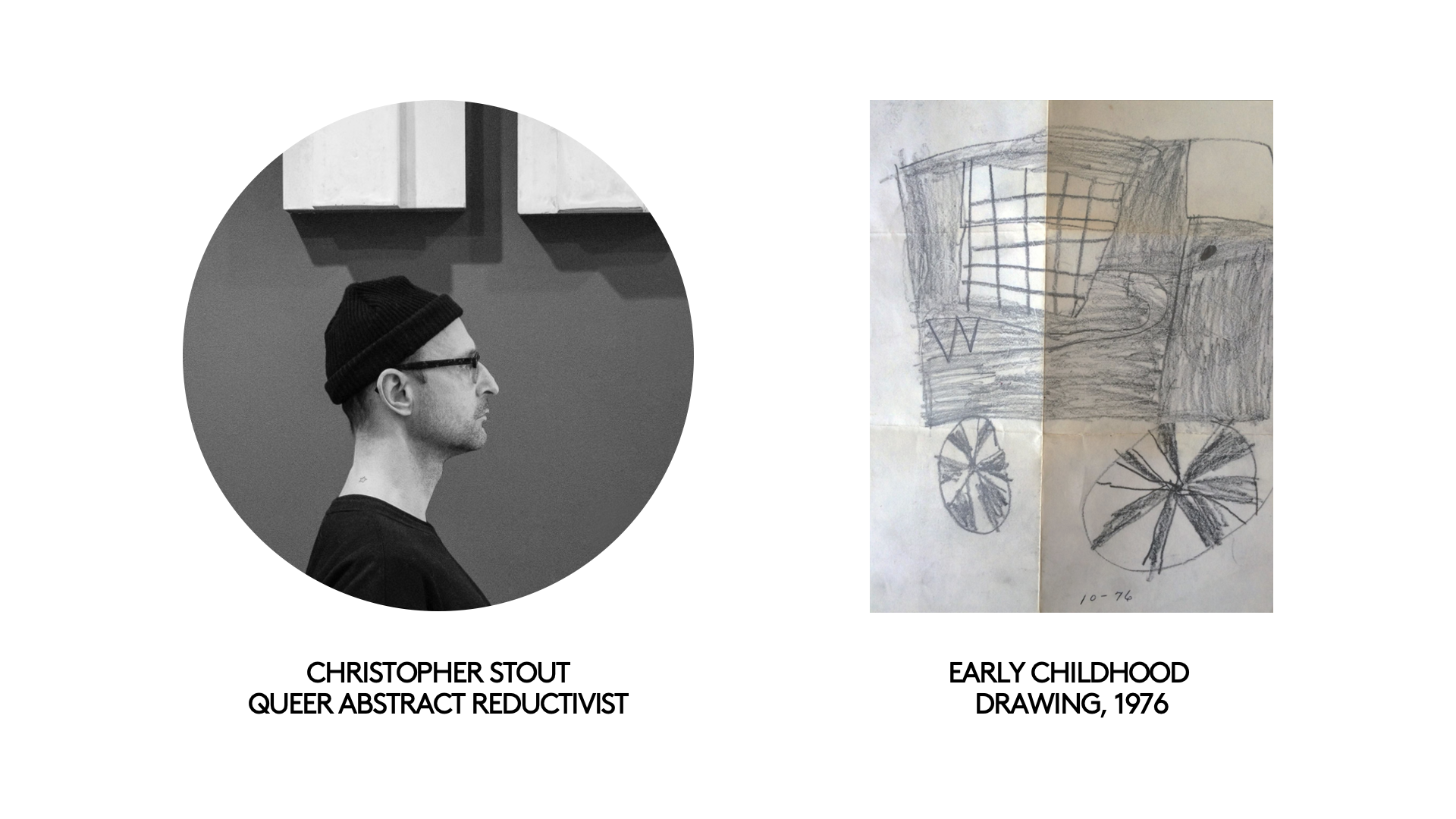 |
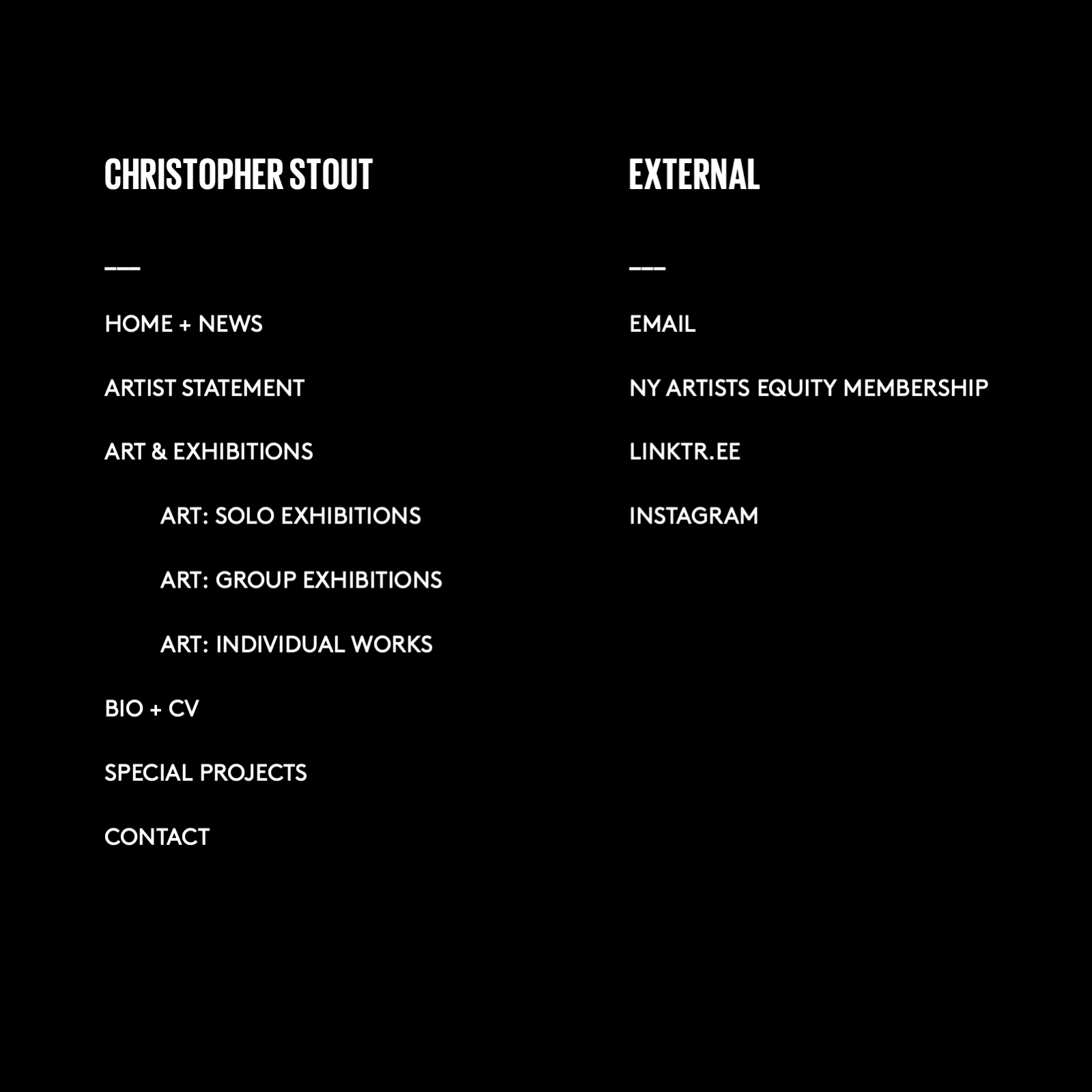
|
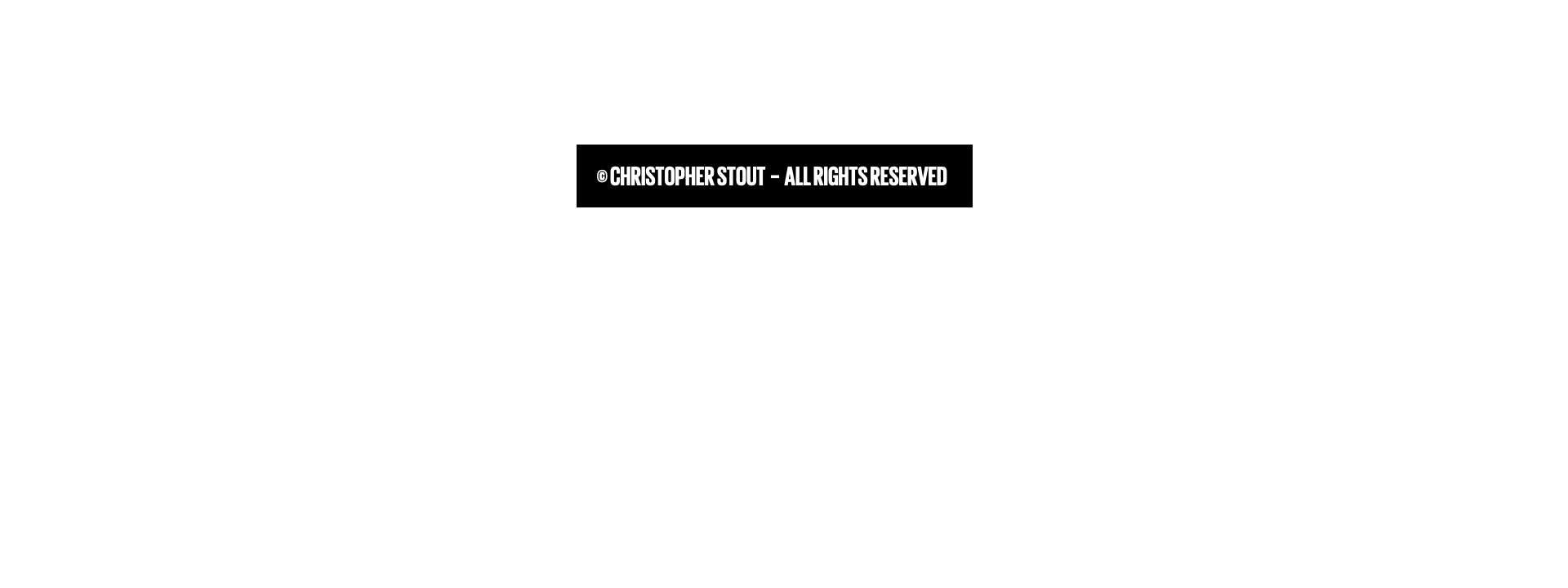 |

